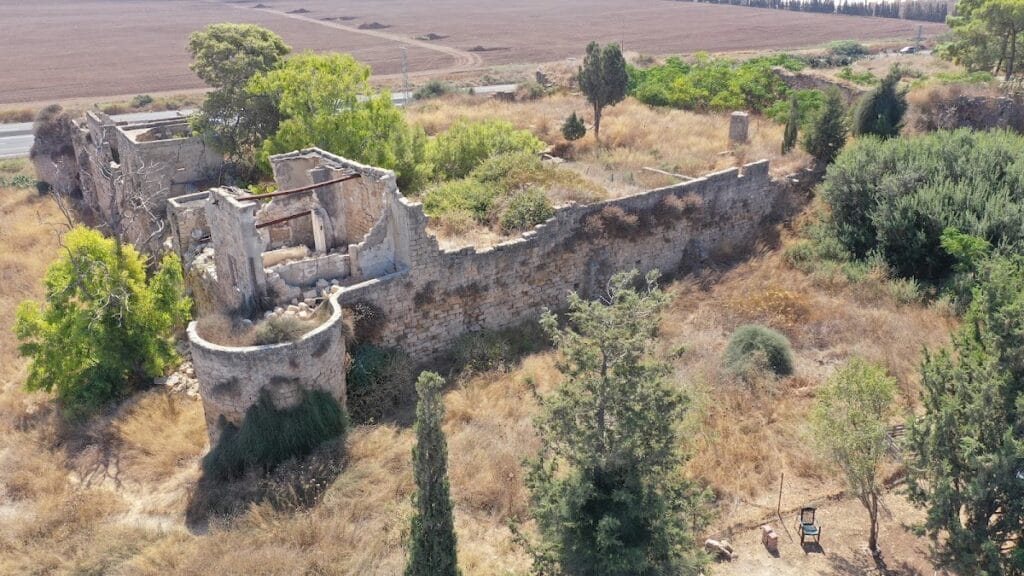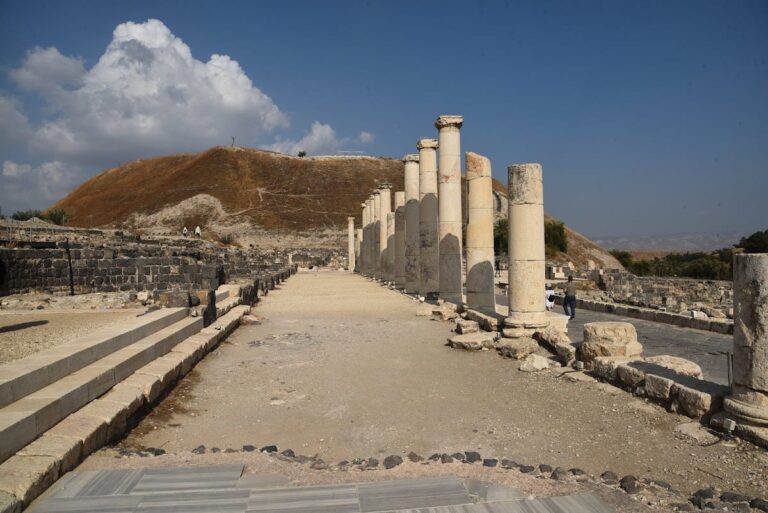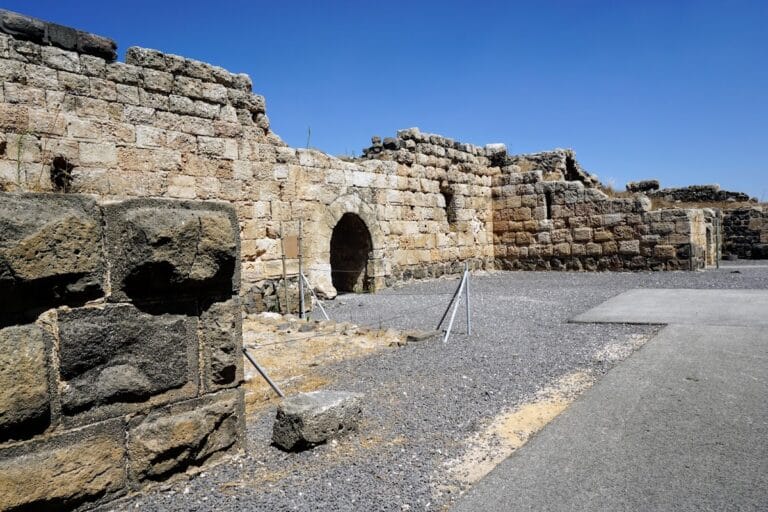Cafarlet Fortress: A Historic Coastal Stronghold in HaBonim, Israel
Visitor Information
Google Rating: 4.2
Popularity: Very Low
Google Maps: View on Google Maps
Country: Israel
Civilization: Unclassified
Remains: Military
History
Cafarlet is a historic coastal fortress located in the modern municipality of HaBonim, Israel. It originated during the early Muslim period, most likely in the 8th or 9th century CE, as part of a defensive network established to guard the Levantine coastline against Byzantine attempts to regain control after the Muslim conquest.
In the late 11th century, the Crusaders conquered the coastal plain, bringing Cafarlet under their domain. Integrated into the lordship of Caesarea, which was a vassal of the Kingdom of Jerusalem, the fortress underwent significant renovations and strengthening by the Crusaders, although they did not originally construct it. Throughout the Crusader era, Cafarlet functioned more as a civilian settlement within the lordship’s territory than as a primary military stronghold. In 1213, the lord of Caesarea mortgaged the site to the Knights Hospitaller for a loan of 1,000 bezants, reflecting its economic and strategic importance. By 1232, the Hospitallers had purchased Cafarlet outright for 16,000 bezants, likely investing in expansions following damage caused by a raid from Damascus in 1227.
The fortress’s ownership changed hands again in 1255 when the Hospitallers transferred it to the Knights Templar. In 1265, the Mamluk Sultan Baybars captured Cafarlet; however, it was apparently recaptured by Crusader forces soon after and remained under their control until the fall of the Crusader states in 1291. That year, the Mamluks regained the fortress definitively and destroyed it.
Following its conquest by the Mamluks, Cafarlet was abandoned, and the nearby settlement ceased to exist. Centuries later, an Arab village named Kafr Lam was established on the site, housing around 300 residents until its depopulation during the 1948 Arab-Israeli War. The modern moshav HaBonim was founded in 1949 on the same location, encompassing the ruins of the fortress.
Remains
The remains of Cafarlet form a rectangular fortress measuring approximately 50 by 58 meters, built primarily from local kurkar, a type of calcareous sandstone common in the region. The fortress follows the castrum design typical of military installations, with robust walls reaching about five meters in height, reinforced externally with buttresses for added strength. Four large corner towers anchor the rectangular enclosure, while the main entrance on the southern side is flanked by two prominent round towers that provide defensive coverage. This arrangement, especially the presence of round towers, distinguishes Cafarlet from most Crusader fortifications nearby, which generally feature square towers. The design reflects earlier Muslim architectural traditions and resembles the layout of the nearby Ashdod Yam fortress.
Within the fortified walls, vaulted chambers lie mostly below the level of the surrounding ground. These spaces likely served as storage rooms or cellars, although limited archaeological work has been conducted to clarify their specific functions. The enclosure is accessed through a single gate, heavily guarded by the two round towers positioned on either side. Despite the ruins’ modest state, the overall layout remains visible, offering insight into its military purpose as part of a coastal defensive line.
No detailed archaeological explorations have yet revealed decorative elements, inscriptions, or other internal features such as pottery or altars, leaving much of the fortress’s interior use and occupation unrecorded. The evidence at hand, however, clearly demonstrates that Cafarlet’s architecture evolved over time, reflecting both early Muslim construction and later Crusader modifications. The surviving ruins stand as a testament to the site’s complex history and strategic significance along the Mediterranean coast.










